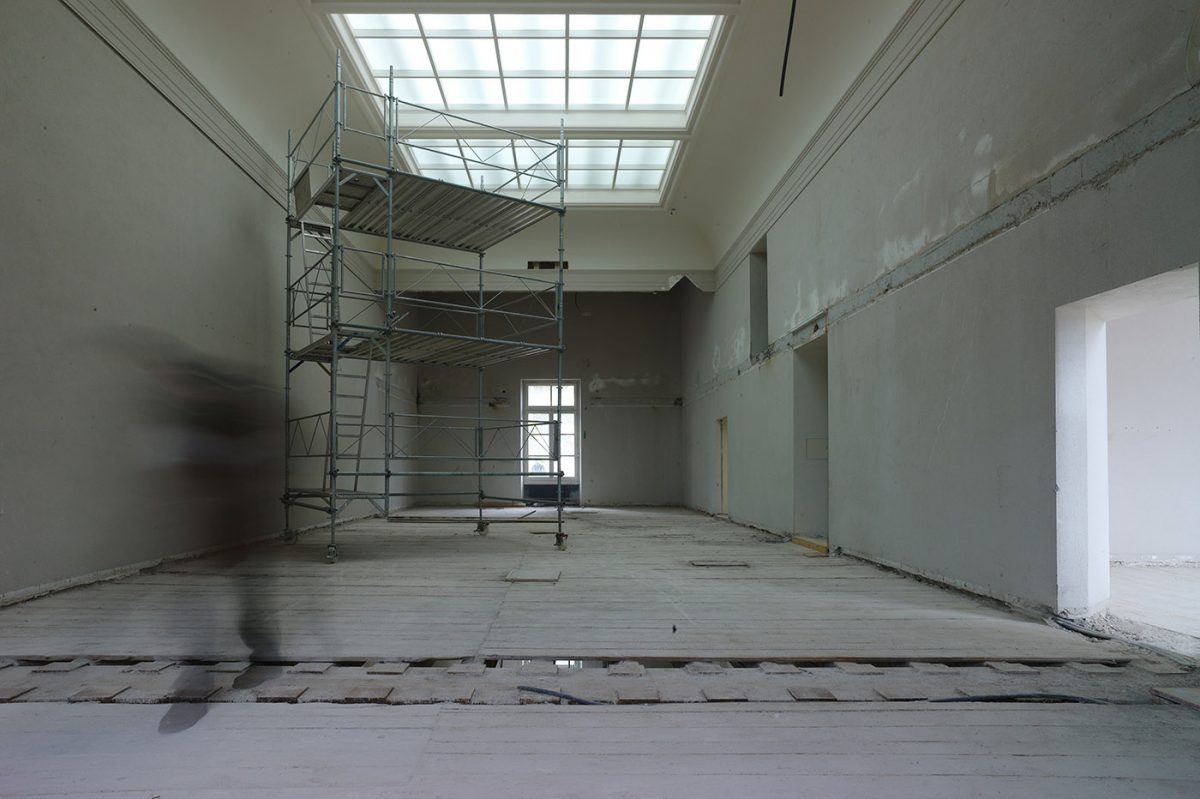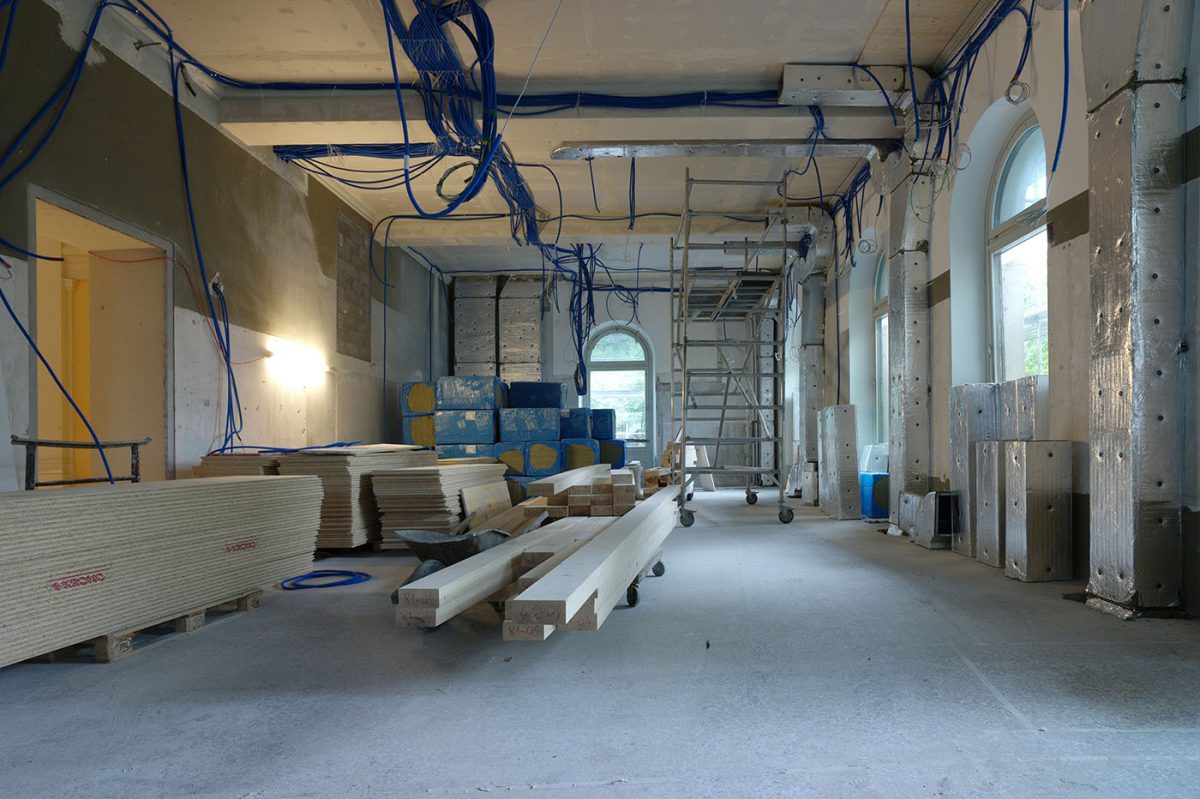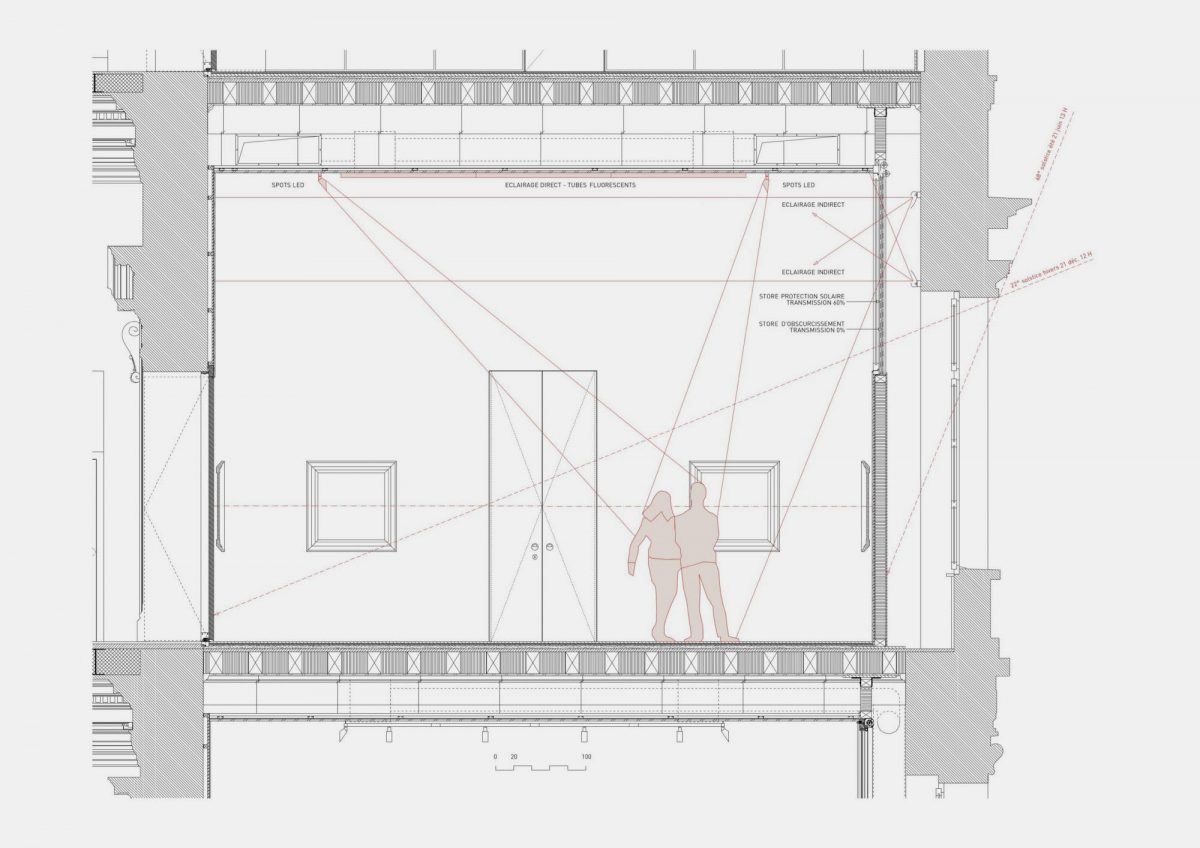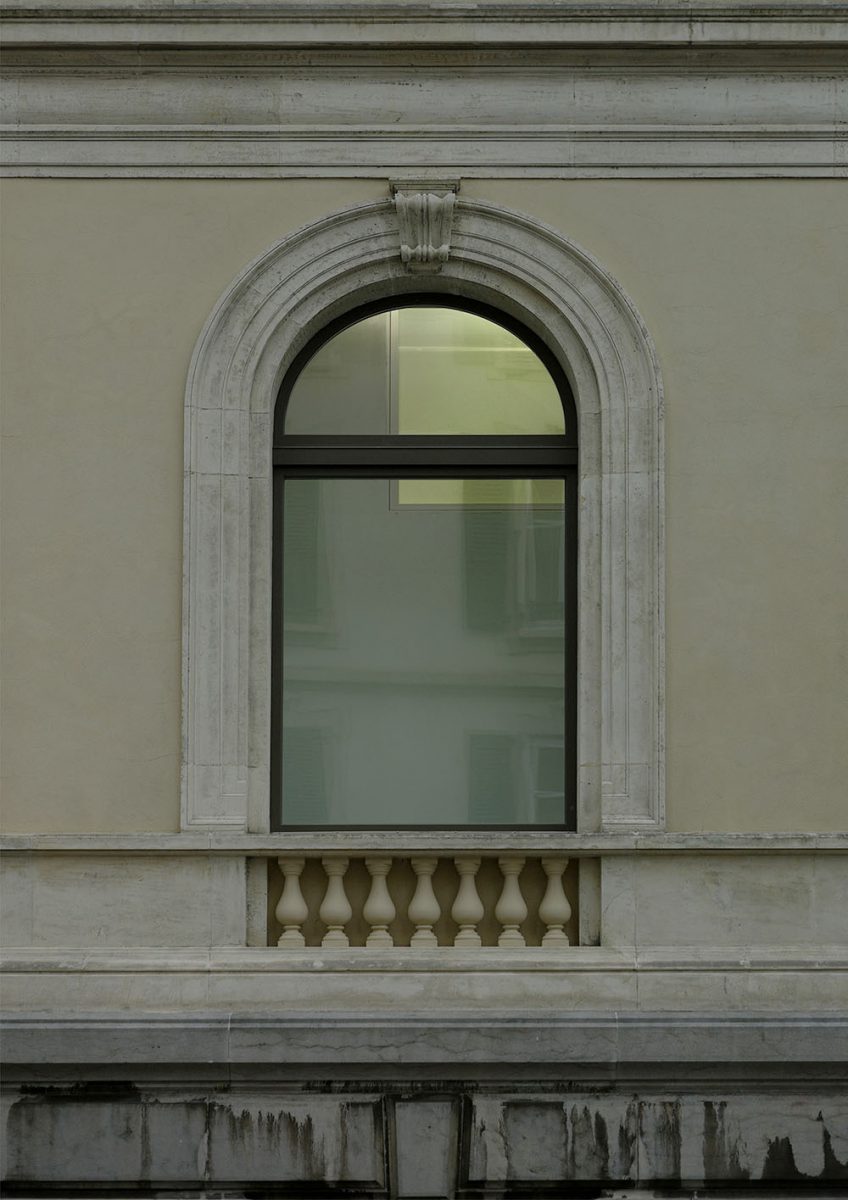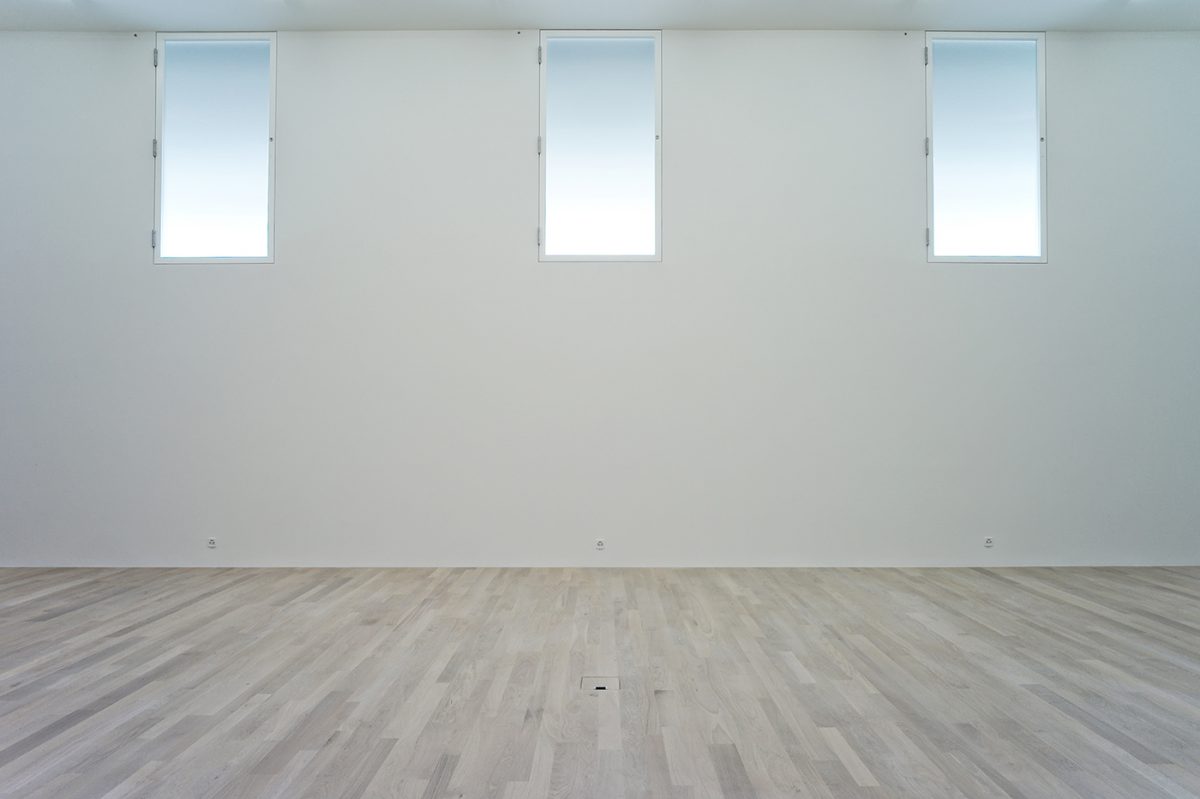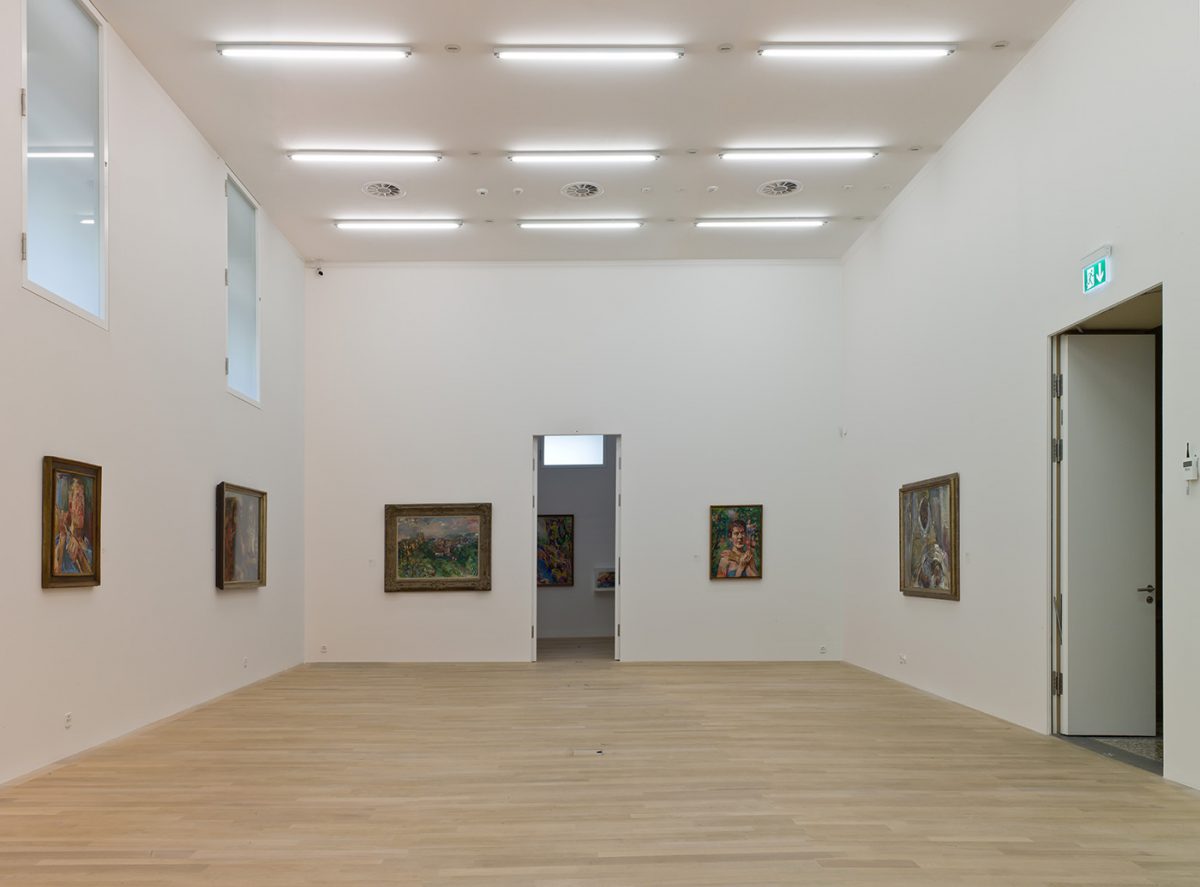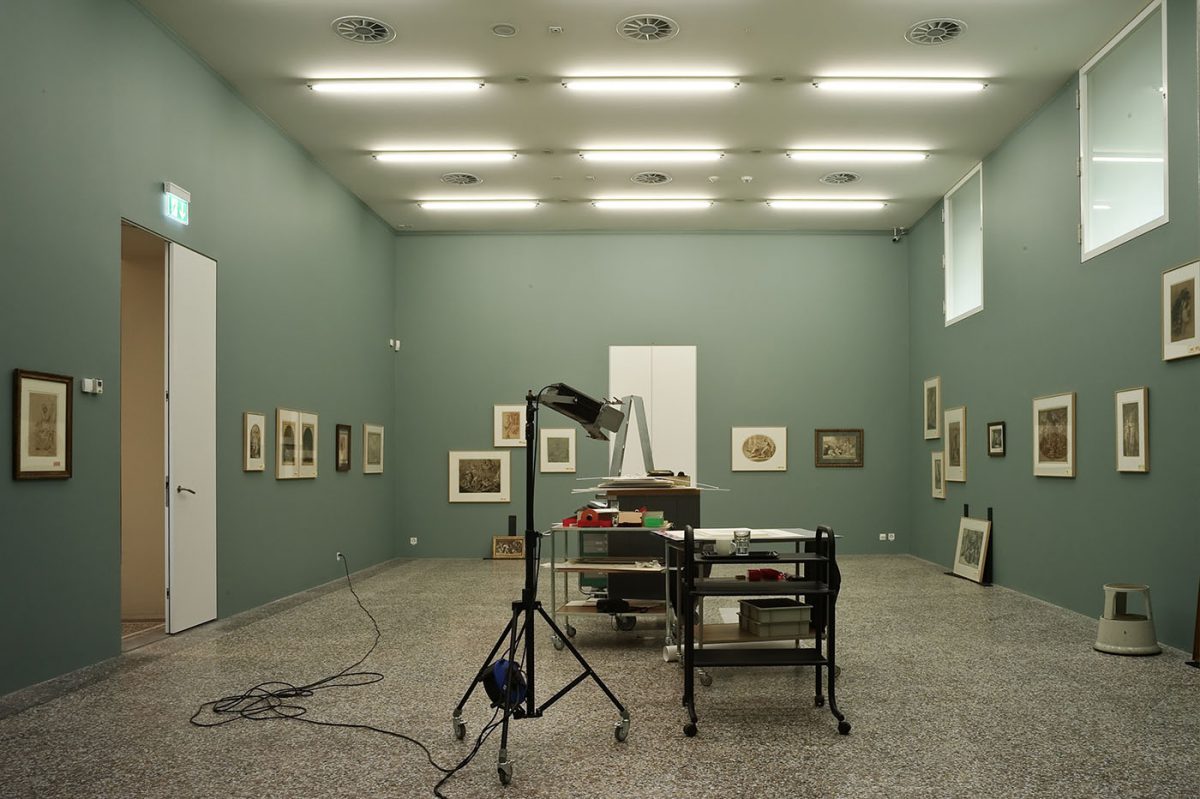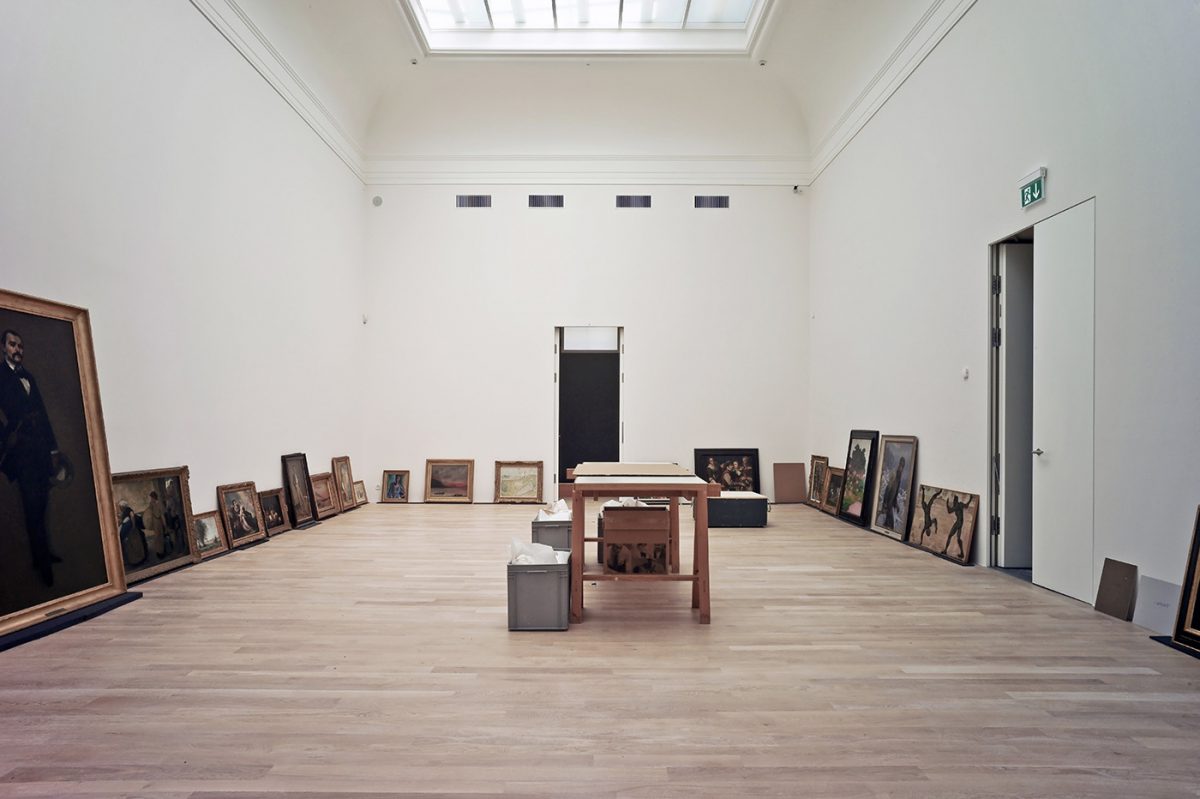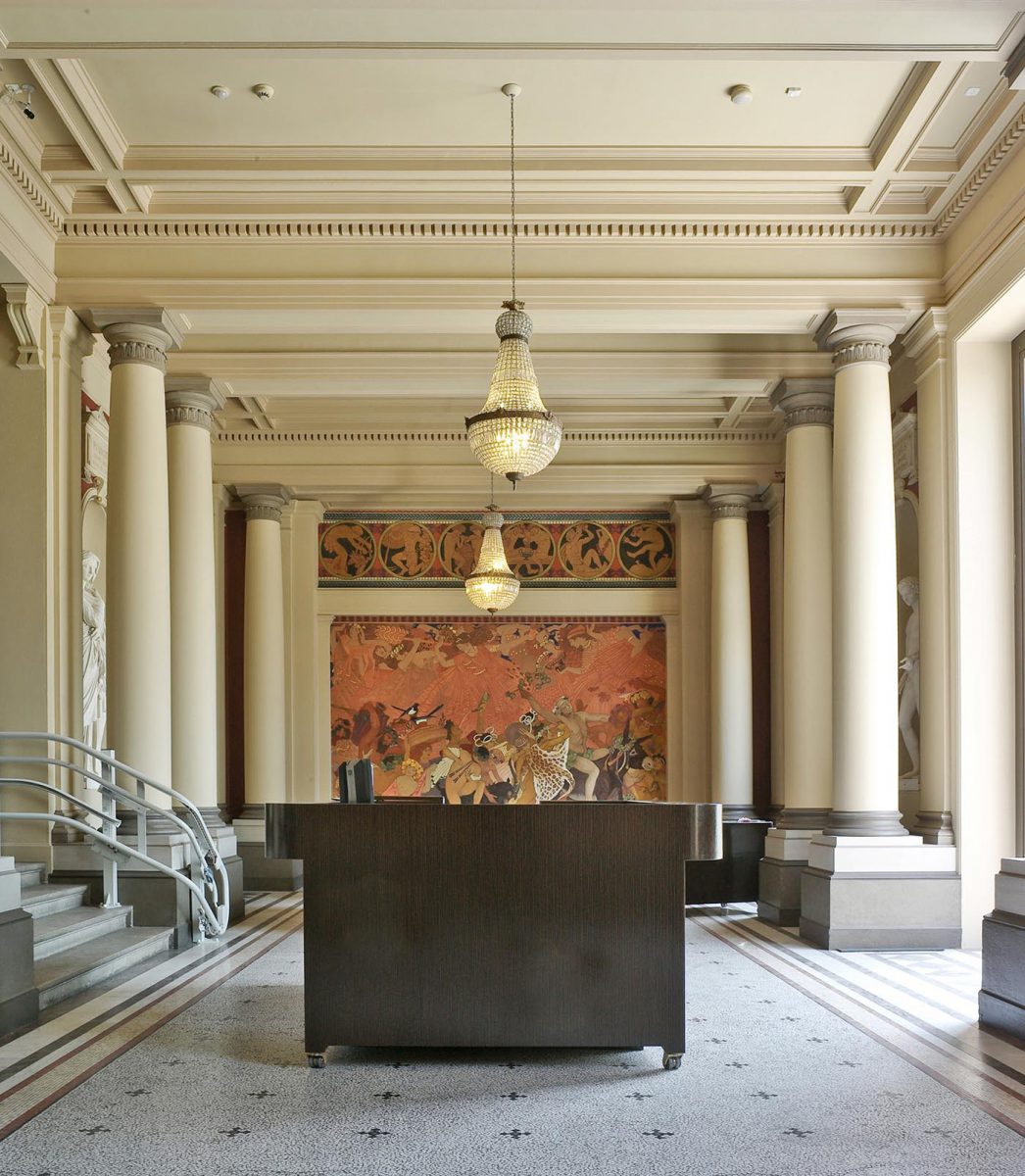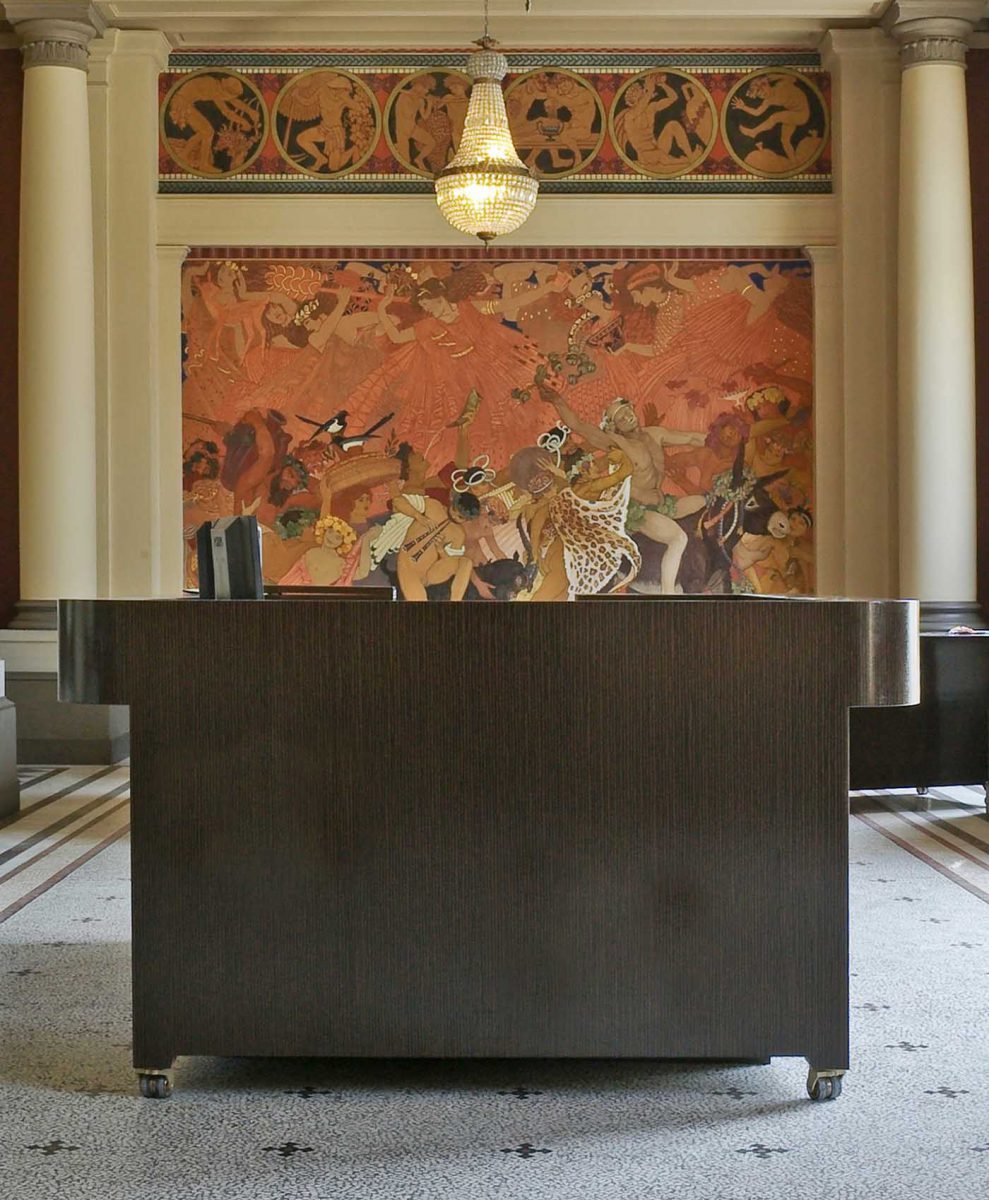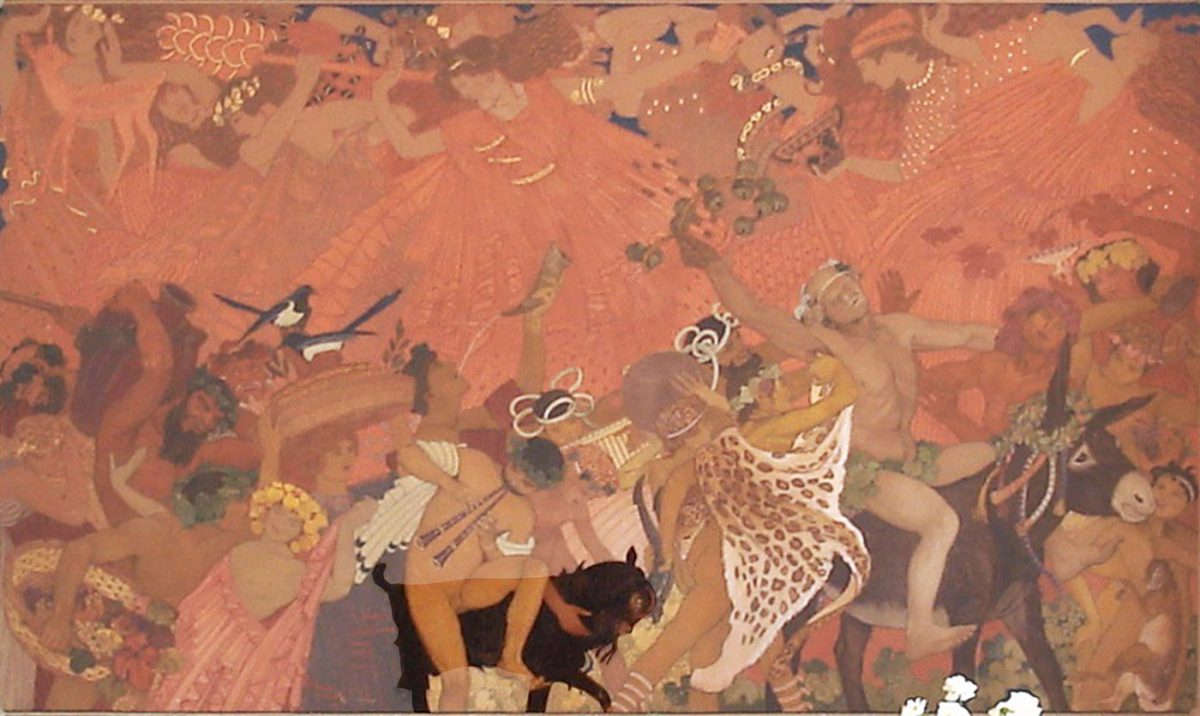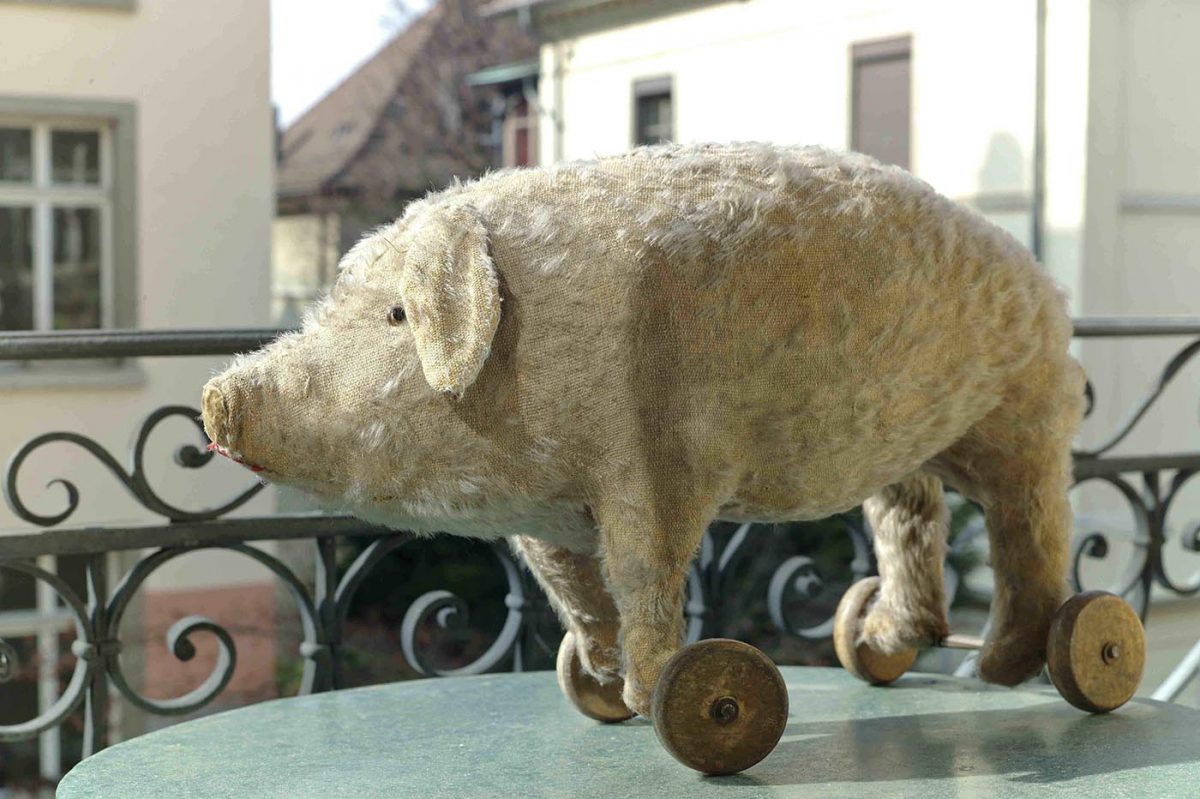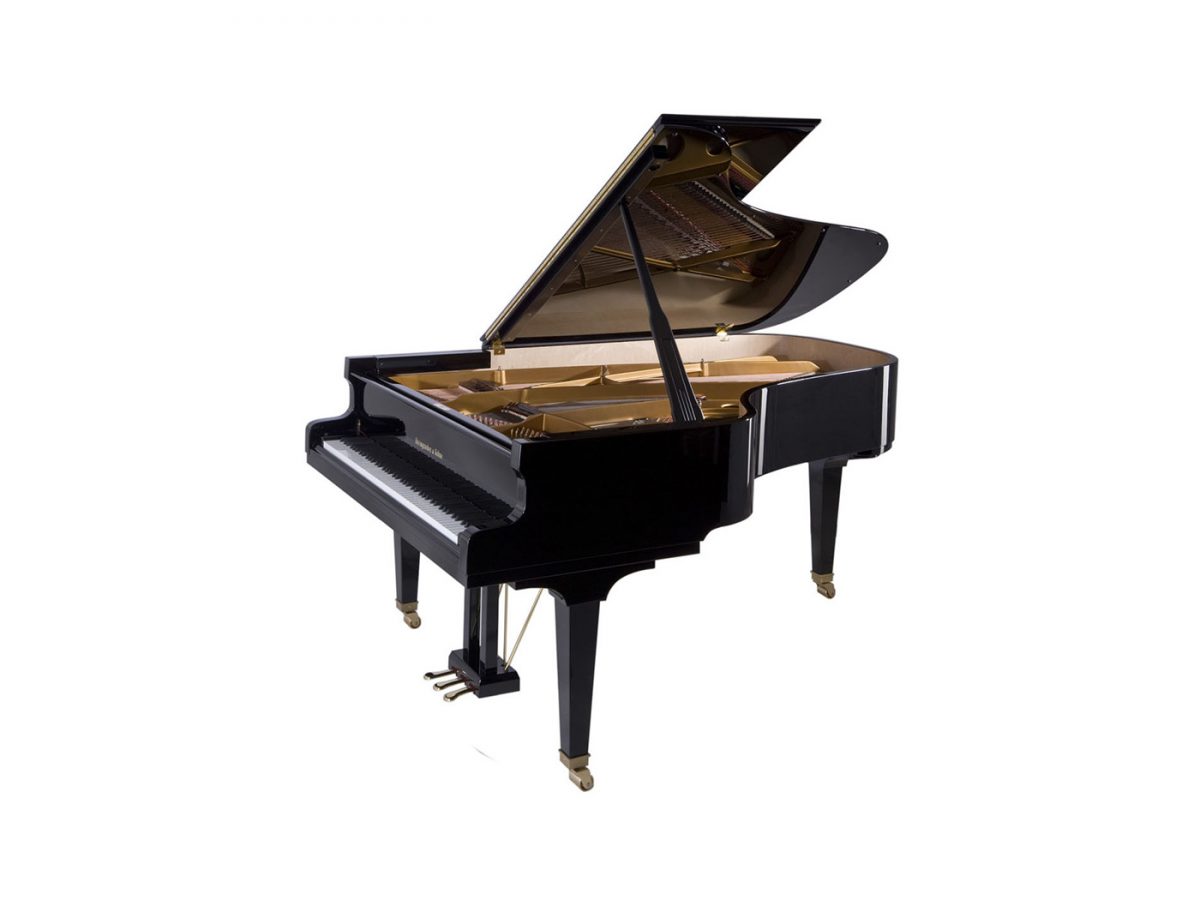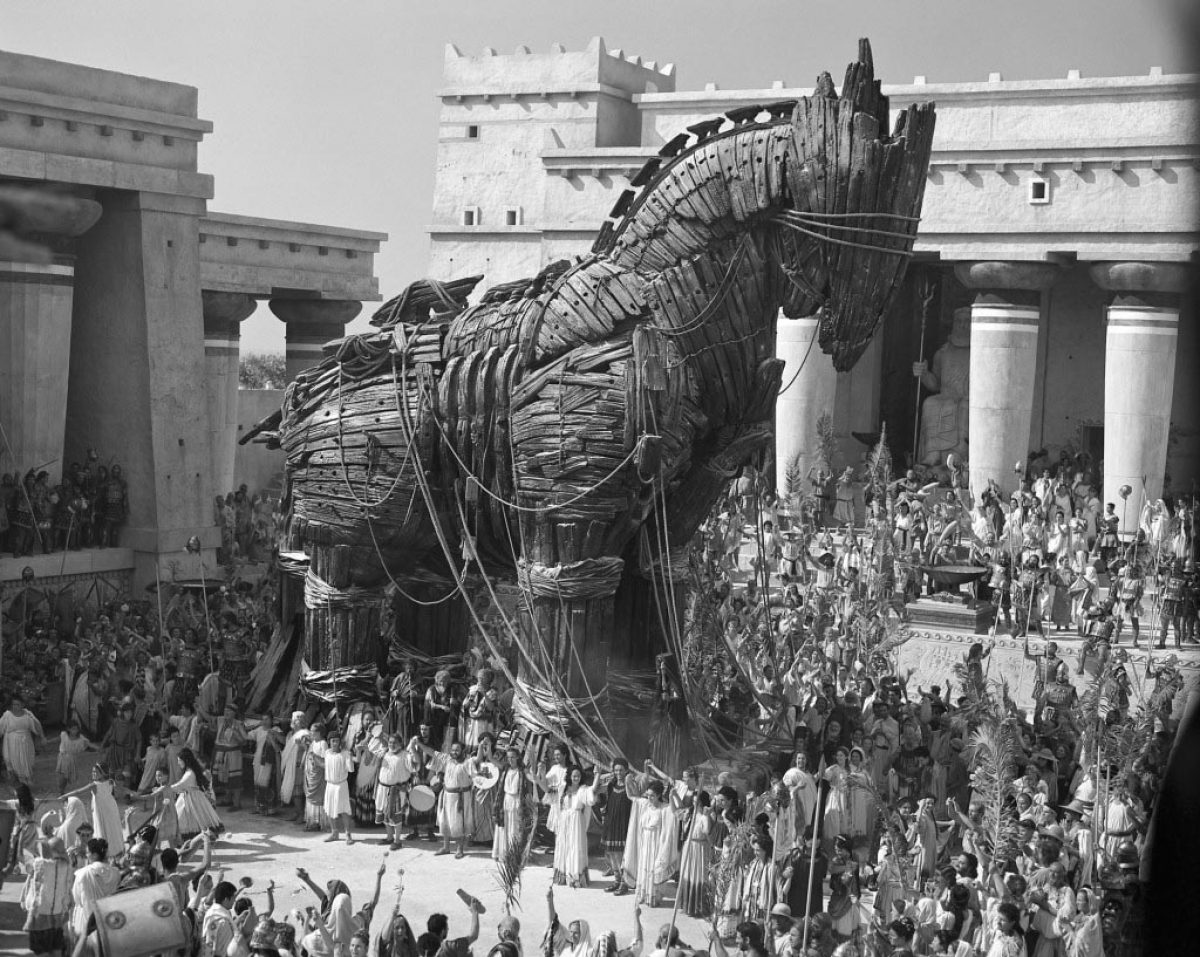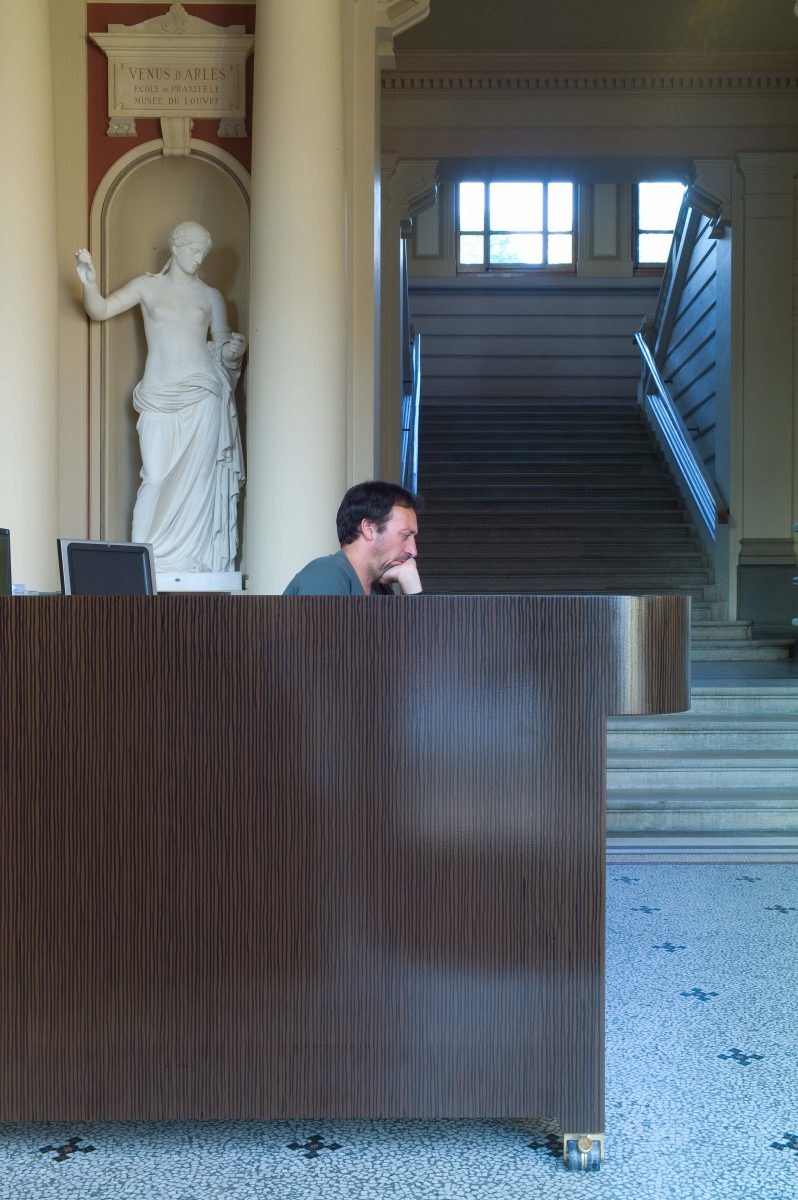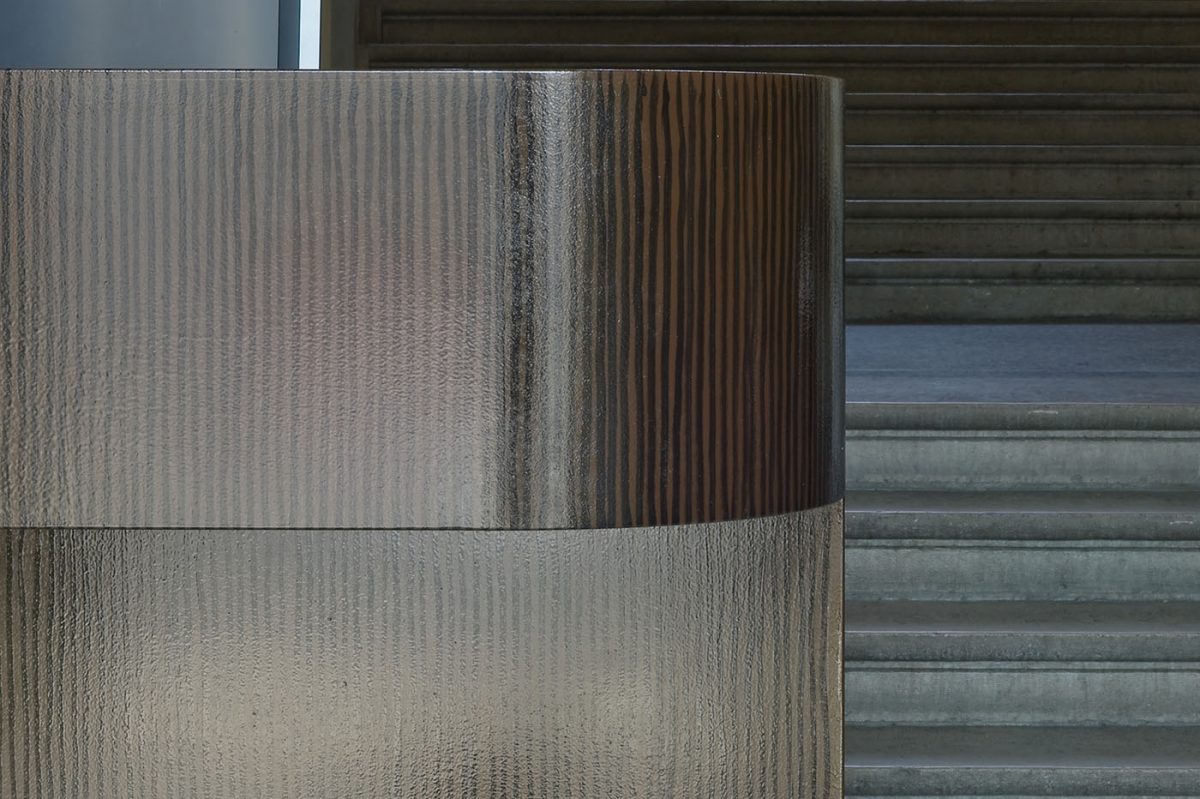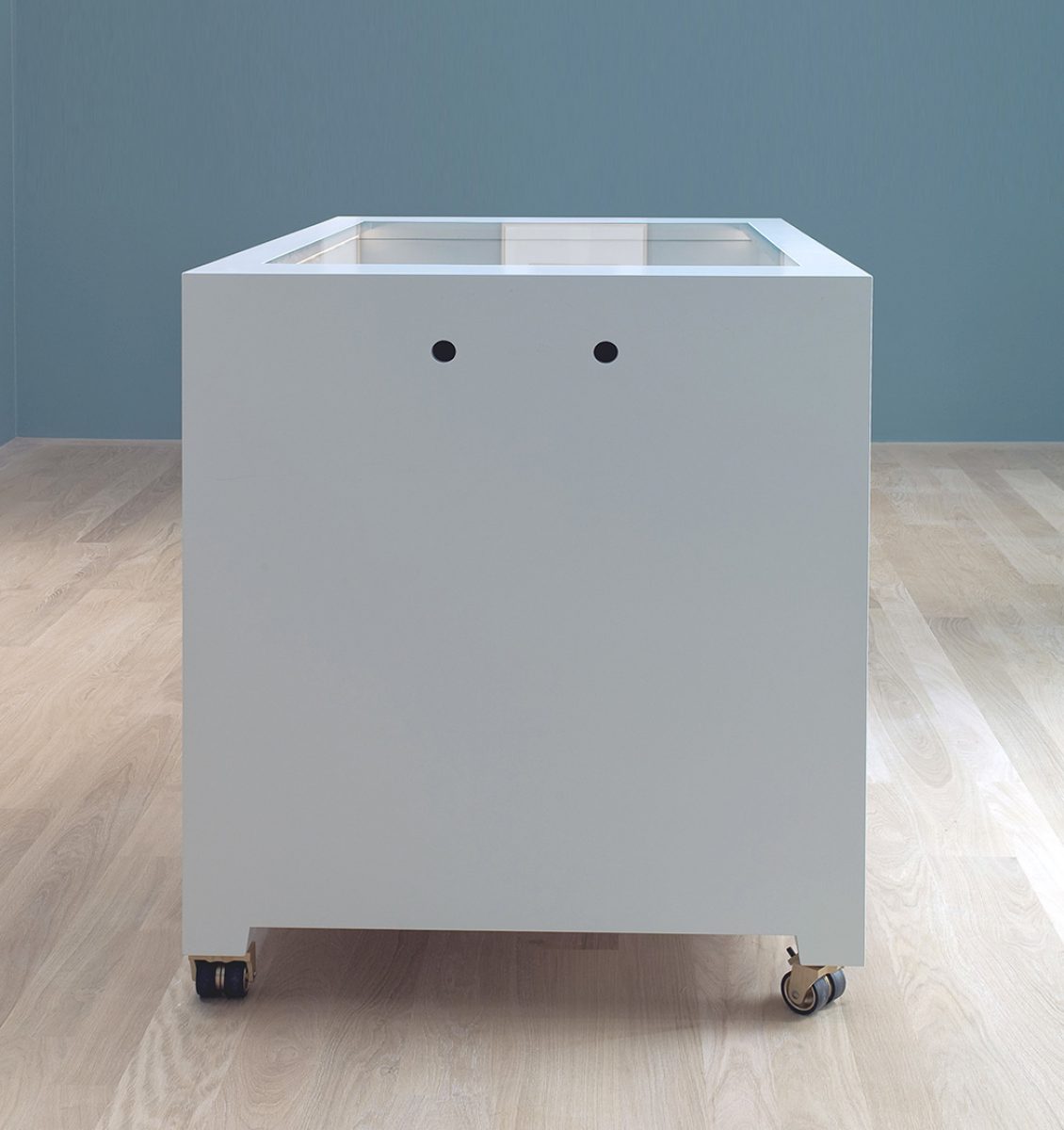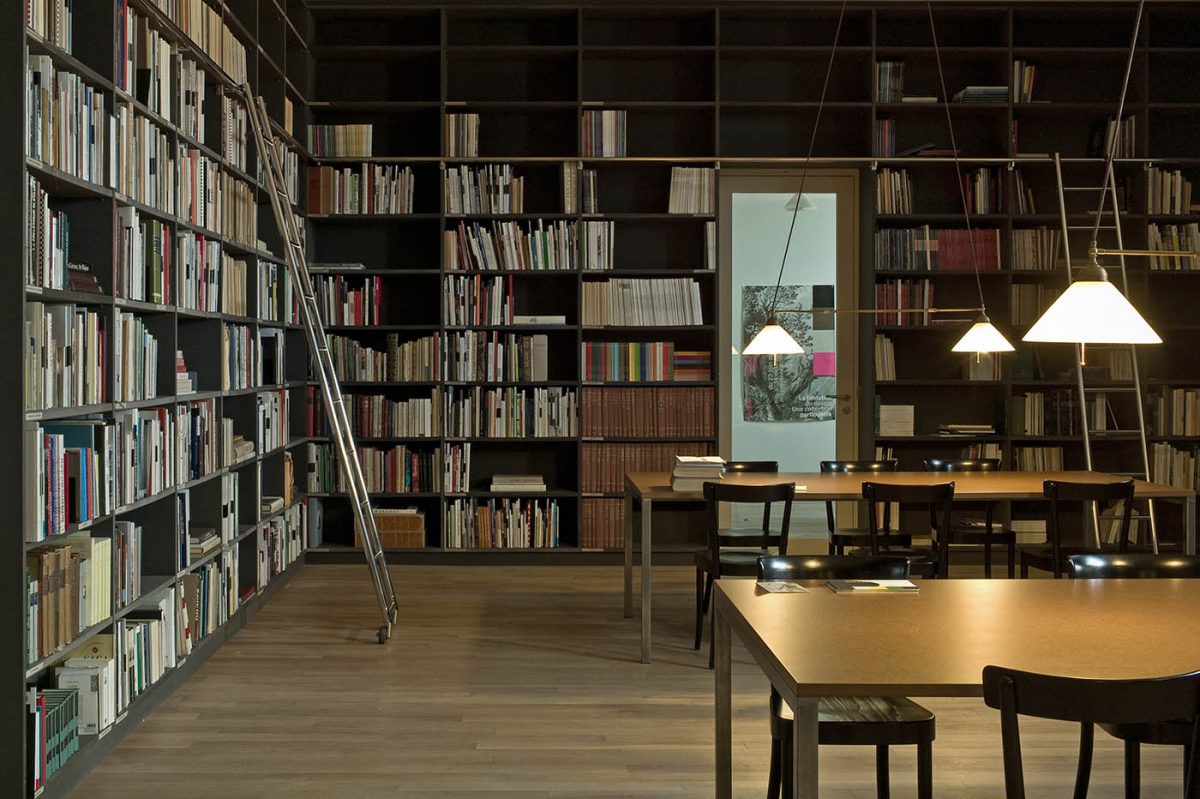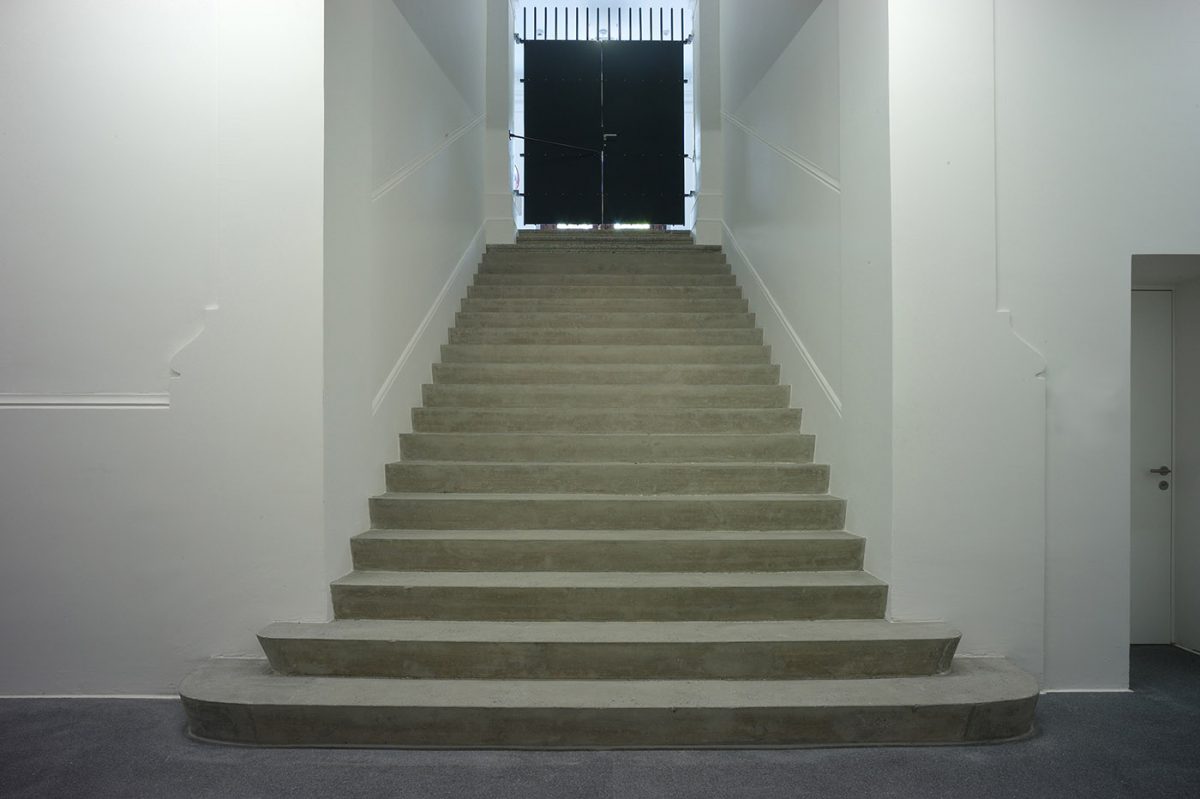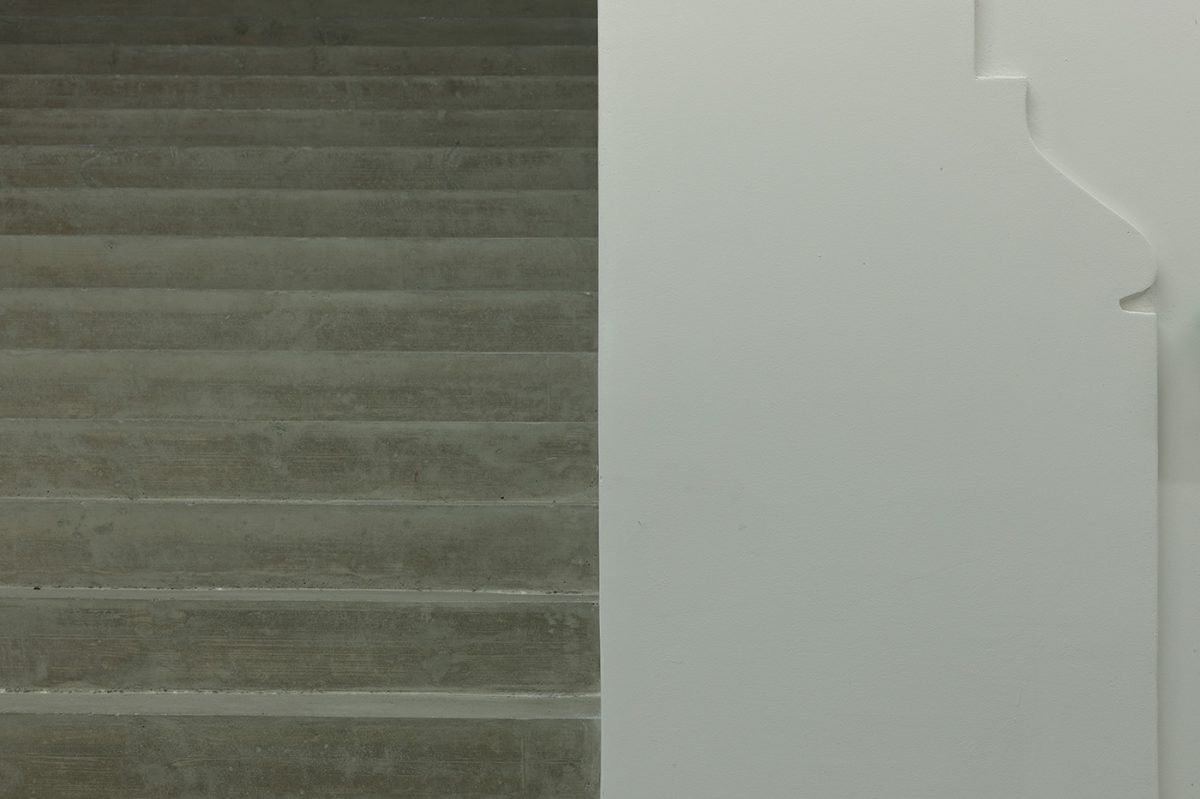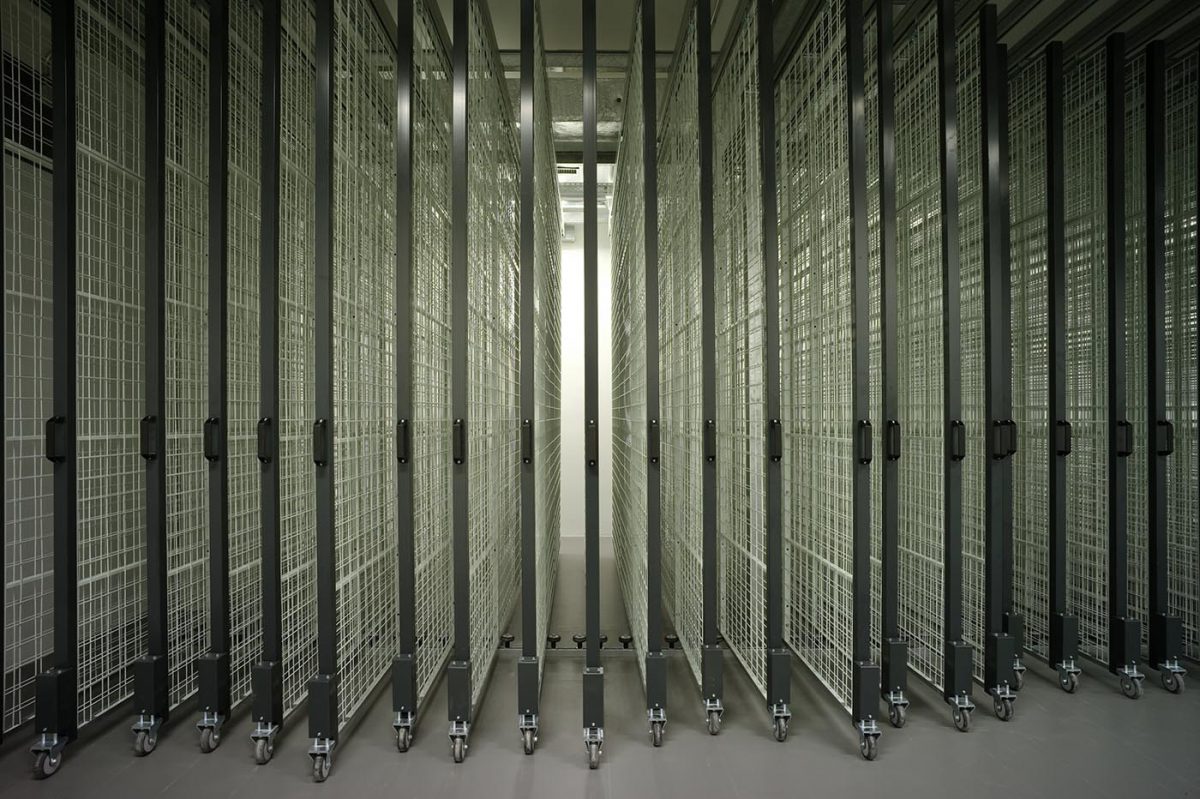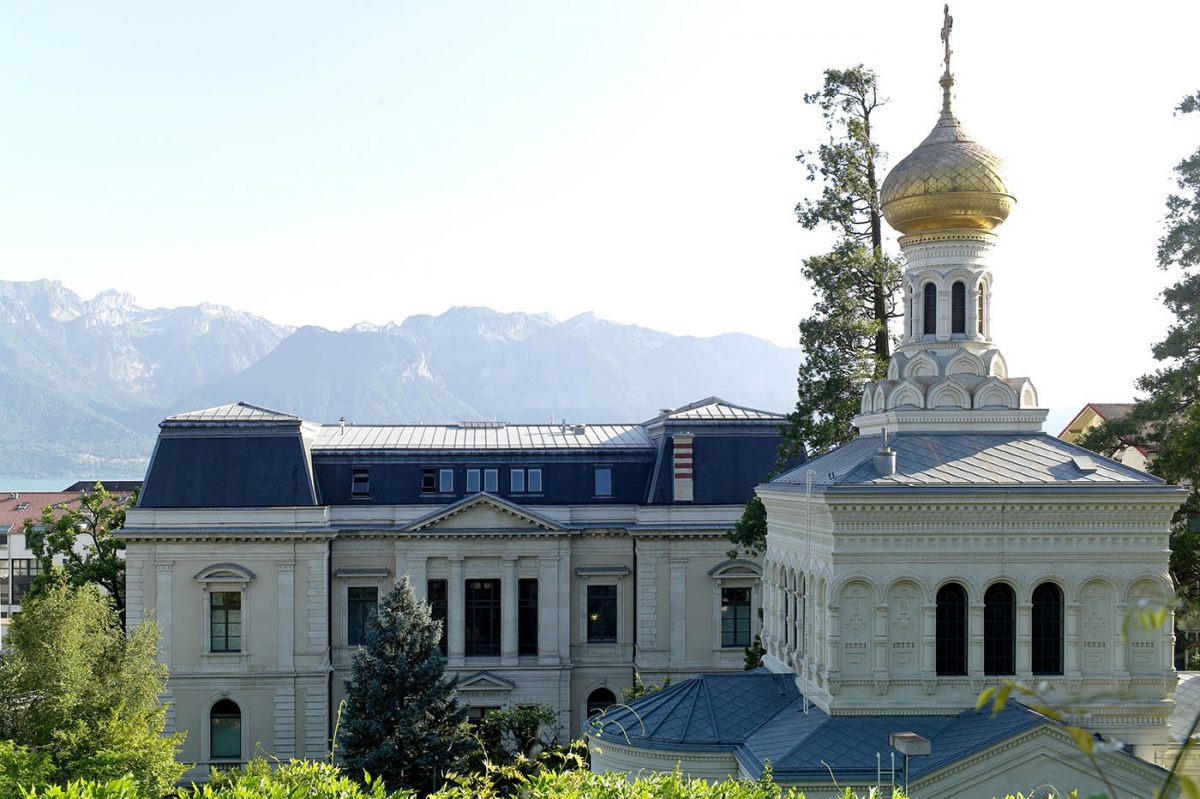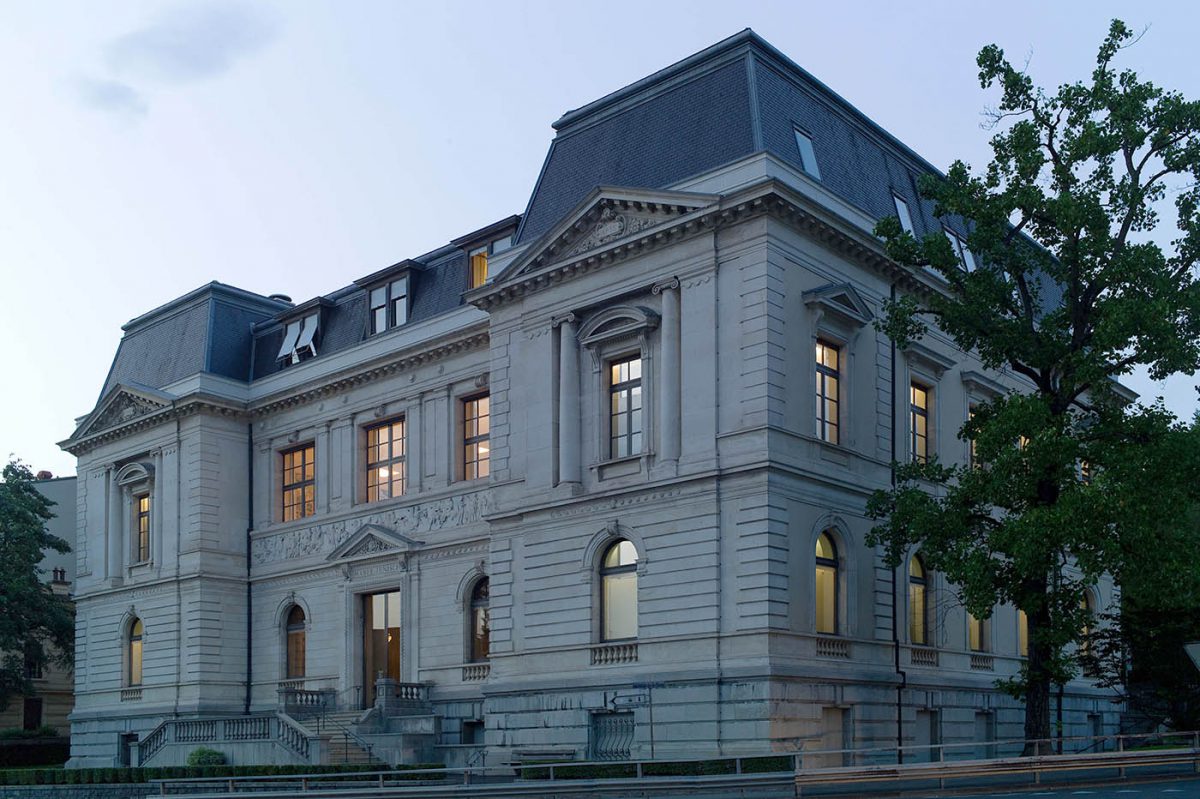Musée Jenisch Vevey2013
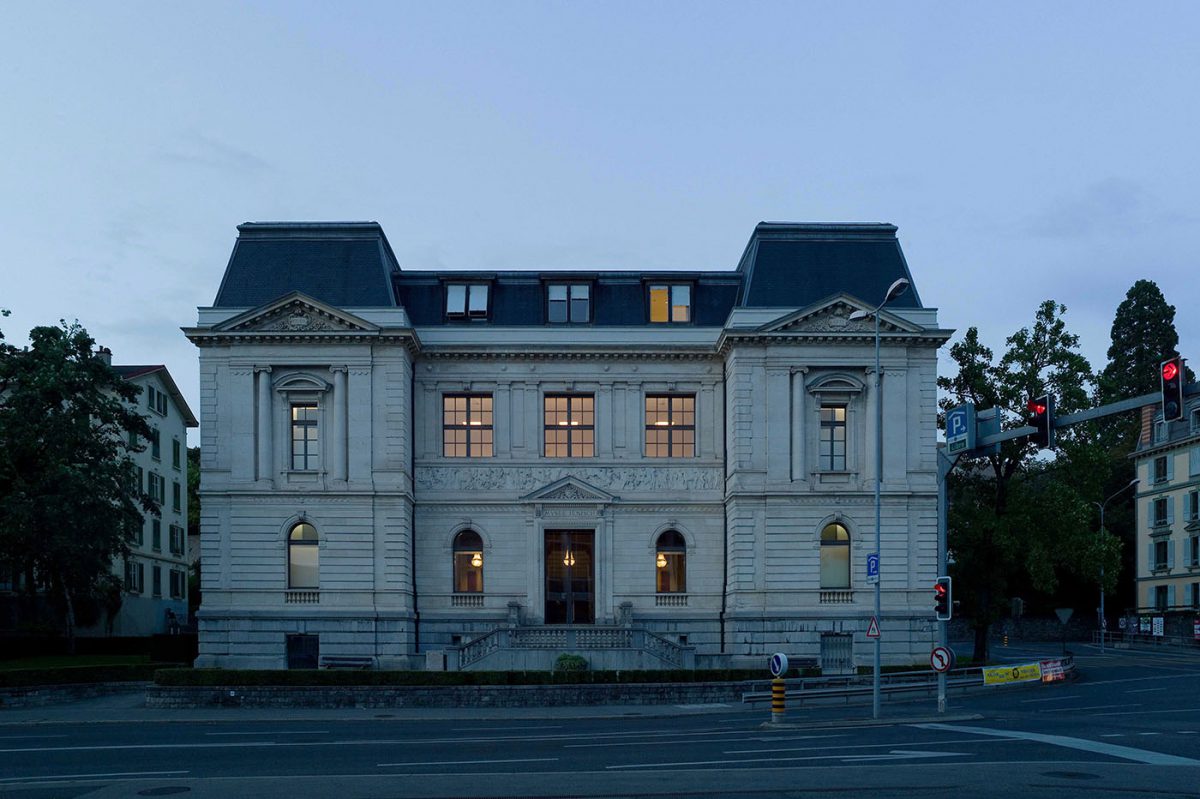
Located in Vevey on the shores of Lake Geneva (one of the stages of the Romantic ‘Grand Tour’) the museum attracts visitors drawn by the heritage of Rousseau and Byron. It owes its creation to a gift: as a mark of her gratitude towards a town in which she had spent many happy times with her husband, Fanny Jenisch (1801–1881), the widow of a senator from Hamburg, donates two hundred thousand gold francs to the town of Vevey to fund the construction of an encyclopaedic museum combining art and science.
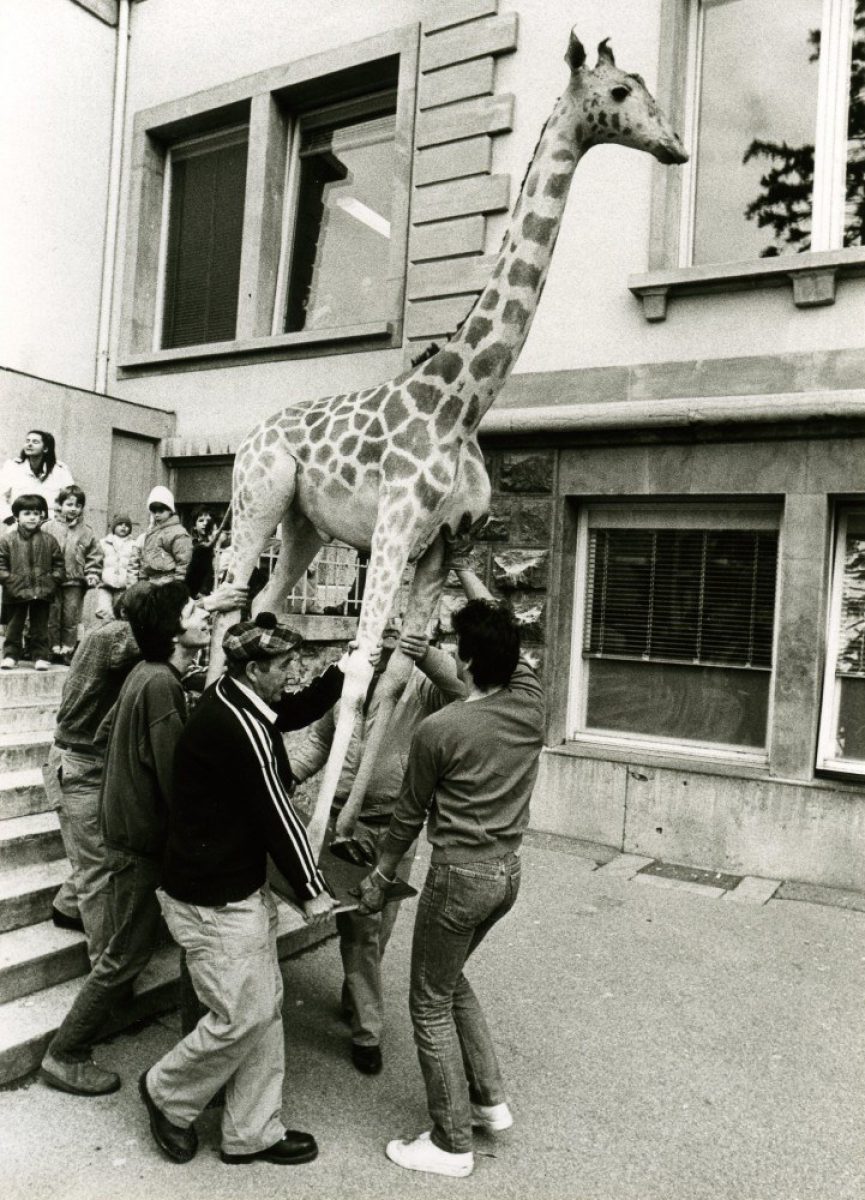
Inaugurated in March 1897, the museum is built in a neo-classical style by the architects Maillard and Convert. A replica of the Parthenon frieze adorns its façade, while the entrance hall and main staircase have mosaic floors and are decorated with columns and statues based on models from Antiquity. In accordance with Fanny’s wishes the museum also houses a library, and welcomes generations of schoolchildren who come to discover its stuffed animals – including the famous giraffe – and attend drawing lessons. In the 1980s, the scientific collections are transferred to the cantonal zoology museum in Lausanne. In 1989, the renovated museum becomes home to the Fondation Oskar Kokoschka and the Canton of Vaud prints collection. The departure of the municipal library in 2004 frees up a space on the lower level, enabling the now somewhat cramped museum to expand in order to accommodate its growing collections.
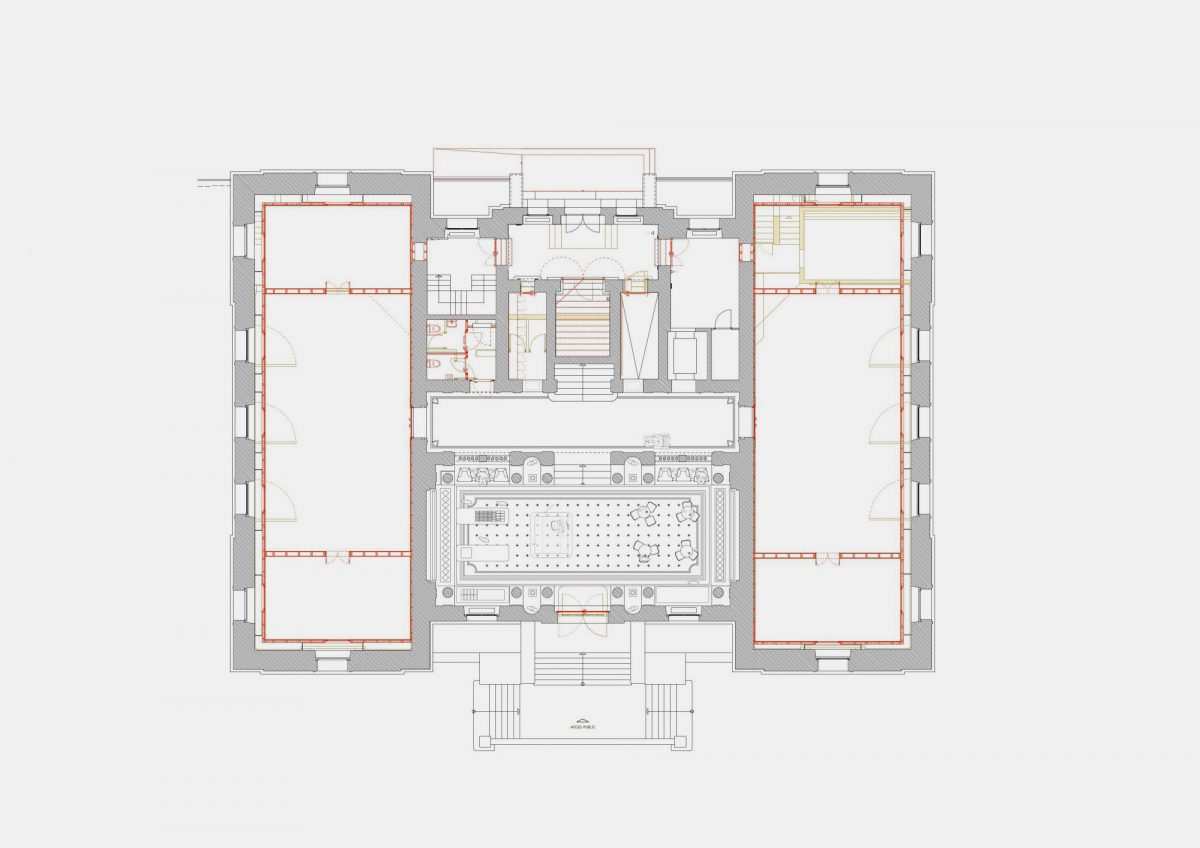
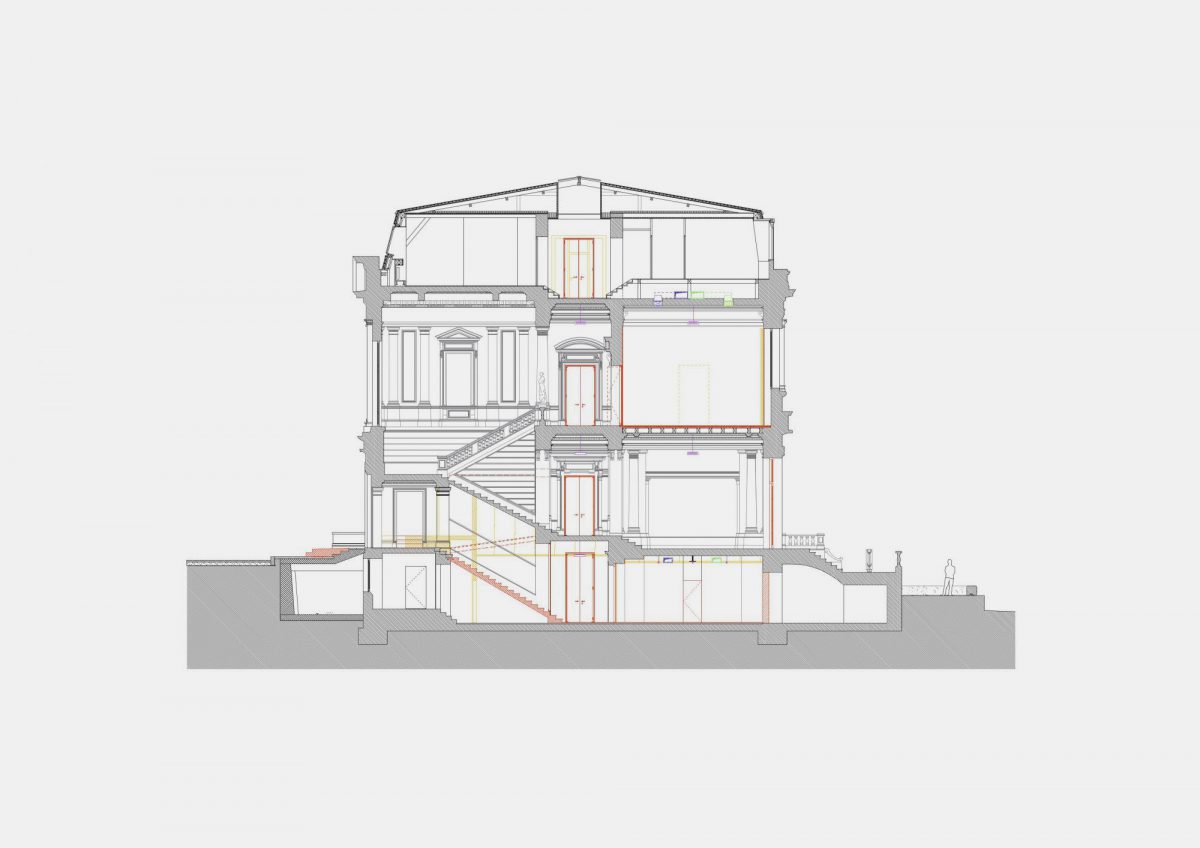
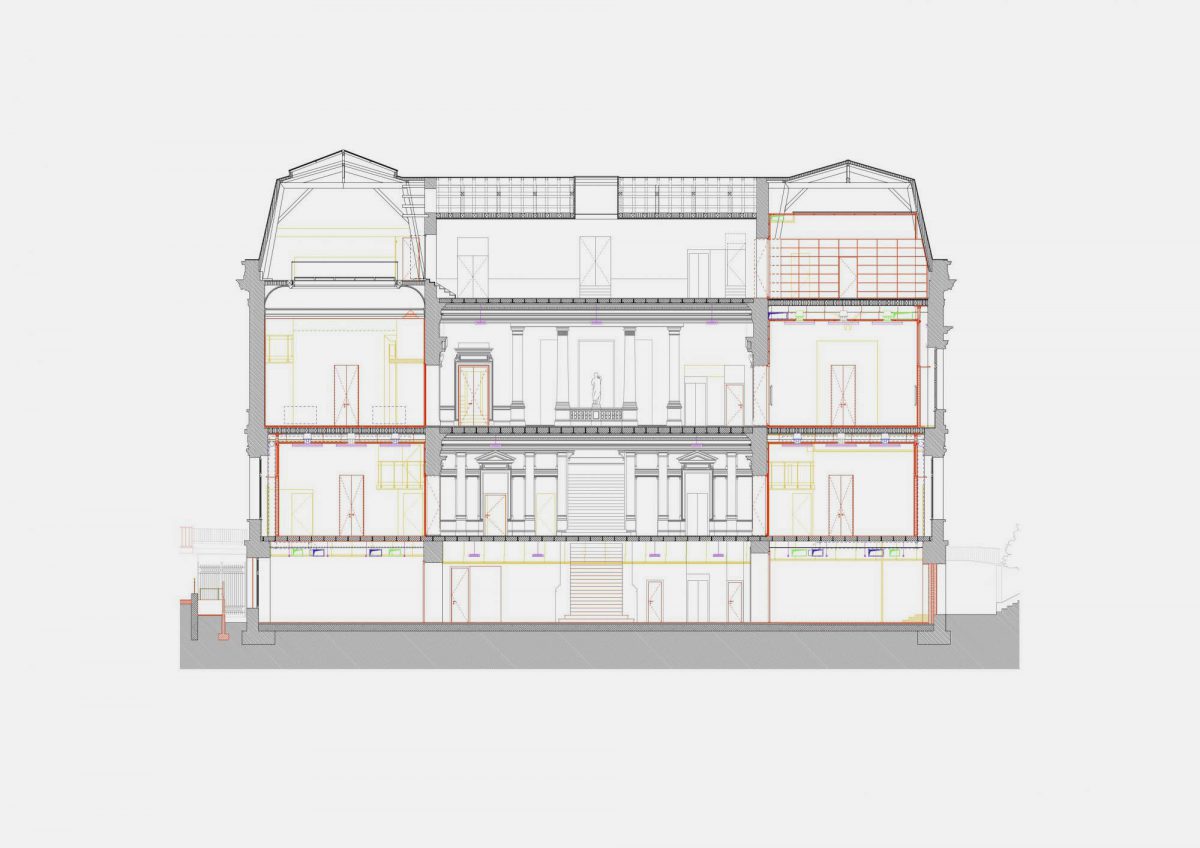
We tried to embed the historic building in its modern context while remaining faithful to its past. Wherever possible, the aim was to restore the building to its original appearance preserving the unique atmosphere, reflected in the mosaic floors and the coloration of the walls in the hall. Passing through the entrance hall with its remarkable epic décor, so redolent of Antiquity – columns, mouldings, Pompeii-style walls and frescoes by Ernest Biéler – visitors encounter the exhibition galleries in the modernised areas, in a deliberate departure from the historicising register. The museum now houses temporary exhibitions on the ground floor, while the highlights – the historical collections, from 16th-century paintings to contemporary works, the Fondation Oskar Kokoschka section, the prints and drawings – are on permanent display on the upper floor, with regularly changing hangings.
